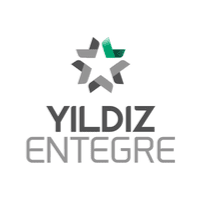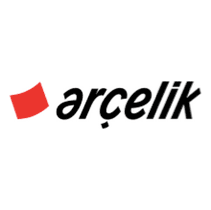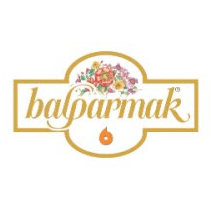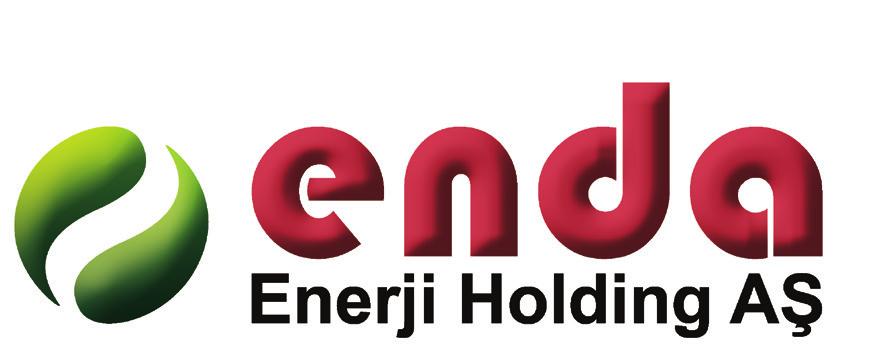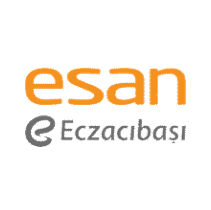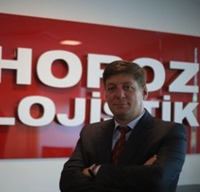18.10.2021 • 10:20
Software Development
The Problem About Building New Products

The Problem About Building New Products
The thing about building a product from ground up is basically the development and hosting costs. Being a new product, it will not generate revenue right away. At the same time, we should design a reliable and resilient system so that, if we are up against large amounts of traffic the system should stay responsive. This gives rise to a paradox:
This is why we see a lot of startups are searching desperately for funding and backers.
But this also gives rise to another problem. Even if we rented or bought a bulky server to cope up with a huge traffic. Eventually maybe in a year or two, our traffic can easily outgrow our servers. Then we will need to replace our server or maybe we can buy another server and make changes to our code so it can work with multiple servers.
A Solution: Serverless Architecture
There are different solutions to the problem we just described, maybe one of the most used is setting up Auto Scaling Groups for rented servers (EC2 instances in case of AWS) where a monitoring system like AWS CloudWatch scales up or down the group (i.e., terminates servers or rent new ones continuously depending on CPU or network loads). While Auto Scaling Groups can be a good candidate for the problem we are facing, we think serverless services like AWS Lambda and Docker shine in this scenario. Auto Scaling Groups can scale up to demand, yes; but after all they are clusters of rented servers and we need to manage these servers (Operating System operations etc.). Auto Scaling Groups make update operations a bit hard on the fly: Think of a scenario where almost all of servers are updated but the update on the last server fails, will you roll back all the updates? Remember you cannot kill every server in your group and update them, since then your app would be offline. Of course, there are ways to deploy updates without huge rollbacks and offline applications (e.g., Blue-Green deployment) but they are rather cumbersome and a bit slow. By all means, Auto Scaling Groups are beautiful constructs; but we think they should be used where having a server is required. Setting up development environments, some Big Data applications and of course easily altering legacy applications so they can be scalable. As we said earlier, we think that serverless services shine in these scenarios. AWS Lambda is a container service for lightweight jobs like sending e-mails, running small SQL queries, etc. It basically means that you write your code and AWS runs it in some computer for you. It is a perfect tool to form the backbone of a web server. We can host the web server on AWS Amplify and every interaction it makes with backend services can be made through AWS Lambda. However, there are downsides to AWS Lambda too. Two big ones are cold starts and limited compute power.
Product
Mixit is essentially a multi-objective optimization tool. It takes a list of chemical properties from different products (source products), a target product list as an input. It computes a mixture matrix where the user can see how to mix source products, so he or she can get as close as possible to listed target products. It also can take into account product prices and volumes.
Architecture
As we discussed above, we are a huge advocate for serverless technologies. Hence, we wanted to use Lambda for our application backend. Maybe it will be easier if we list choices we made on our development journey:

Database
Since the shape operational data is not constant (there are 10 products in one project and 7 in another, same with chemical properties), we wanted to use a No-SQL database for the operational data. AWS DynamoDB was perfect for this job; it stores data as JSON, so no restrictions on shape, it can scale up almost infinitely and it is a managed service, hence no rented servers or whatsoever. The client data is highly structured, so we used an AWS RDS Postgres server to host our client data.
Serverless Services
We deployed a REST API as a frontend-backend communication protocol. Each method of the API is linked to a Lambda function. Those functions handle basic database queries, integrates with AWS Cognito for authorization, basically almost everything. Only the optimization process is too much for Lambda, it cannot handle it. So we wrapped it up in a Docker image and when an optimization job is requested a Lambda function deploys the image to AWS ECR Fargate (serverless container service of AWS).
Optimixit.com
References
Customer Comments
“Beraber çalışma kararı vereli yıllar oldu. Geride bıraktığımız yıllar içerisinde ekibin kurumları değişse de aynı dili konuşma ve her zaman çözümden yana olma yaklaşımları değişmedi. Bu yaklaşımları nedeniyle de dostlarımıza güvenle tavsiye edebildik. “
Benefit From Our Services Now
Let's talk about your projects!






